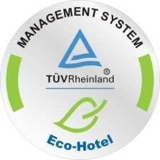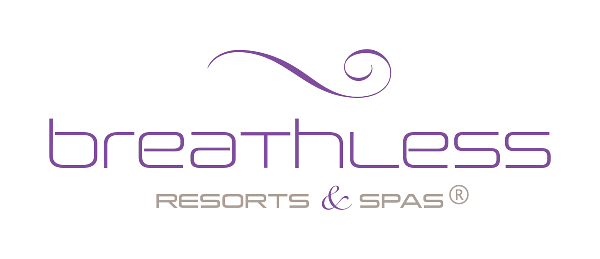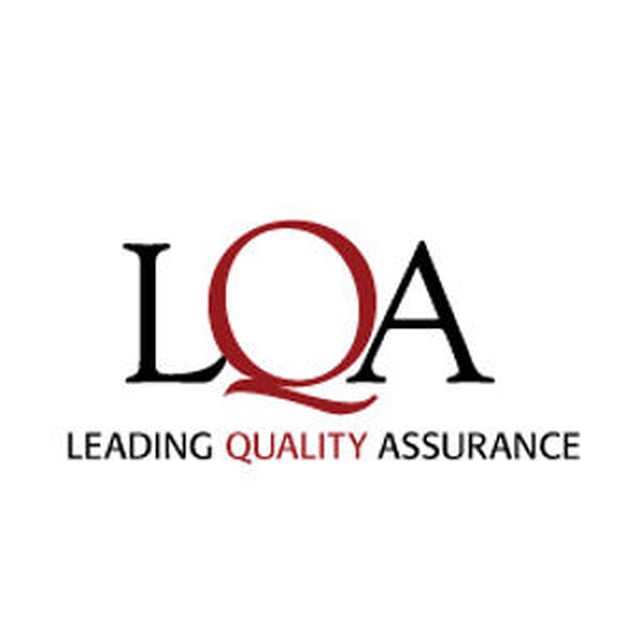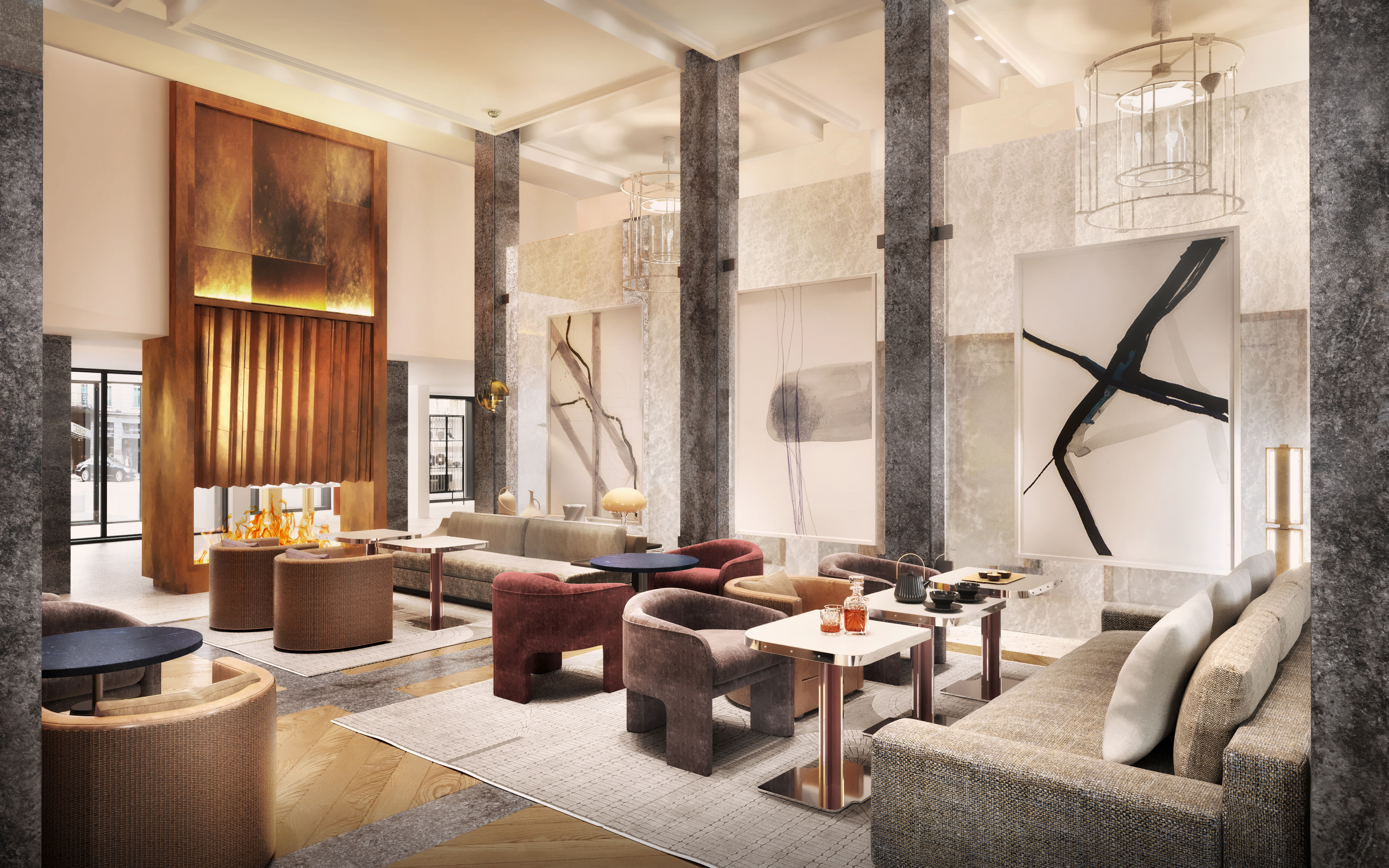Information
-
Document No.
-
Audit Title
-
Conducted on
-
Audited by
-
Location
Element 1
Element 1: Organization and Objectives
-
1. Does the Hotel have an environmental policy (EP) and is it documented, implemented and encourage by the management?
-
2. Did the hotel define environmental measurable objectives (and targets) ?
-
3. Has an environmental management programme (EMP) been established that clearly identifies the necessary actions and means for reaching the established objectives and targets?
-
4. Has the hotel calculated the costs associated with environmental management and safety? (Example cost of monitoring and measurement, training, certification and calibration, etc)
-
5. Are the Eco-Hotel environmental management documents (instructions and procedures) defined?
-
6. Has Eco-Hotel System manager been appointed and a comprehensive task (job) description been documented which includes all environment and/or safety duties?
-
7. Has Eco-Hotel System manager been trained properly according to the established task (job) description?
-
8. Does the hotel have a documented organization chart identifying the function go the Eco-Hotel system manager?
-
9. Did the hotel establish a list of applicable licenses required for its activity?<br>- Activity's approval<br>- License of ground water extraction<br>- License of waste water discharge (DG)<br>- Inspection certificates of gas installation and lifts<br>- Others
-
10. Is the identification and access to the legislation, which is applicable to the hotel guaranteed?
-
11. Have measures been implemented to improve the environmental awareness of the employee?<br>Example :<br>- Billboard announcements<br>- Meetings in regular intervals<br>- Internal publications<br>- Work Groups<br>- Others
-
12. Has a training plan been established according to defined training needs?<br>- Emergency Plan<br>- Environment (Management of waste and hazardous substance)<br>- Energy efficiency<br>- Others
-
13. Are the employees encouraged to actively participate in the environmental management, safety and energy efficient actions?<br>What are the obtained results (describe summarily)?
-
14. Does an incentives system (reward) exists for improvement suggestions from staff ?
-
15. Have the contact persons for the guests (receptionist, guest relation person, etc) been trained adequately regarding environmental and safety issue?
-
16. Have any specific activities with the guests, neighbours and employee been arranged with the objective to improve the environmental awareness?
-
17. Is it ensured that suggestions or complaints from guests or neighbours related environment protection are followed up?
-
18. Does the Eco-Hotel system manager provide management system activity and performance reports with adequate frequency (at least once a year)?
-
19. Are management reviews conducted based on these reports and are the identified necessary actions, resulting from these reviews, carried out?
Element 2
Element 2: Purchase and Hazardous substances
-
1. Are environmental aspects taken into accounts as criteria for the purchase of products and services (identify examples)?
-
2. Are contaminating products replaced by other, environmentally less harmful products (for example pump-action sprays used instead of sprays with propellant gas, biodegradable products, etc)?<br>Please specify some examples
-
3. Is preference given to local suppliers (vegetables, fruits, etc)?
-
4. To which extend are organic groceries or groceries bought at local producers purchased:<br>- < 10 % of the total consumption<br>- 10 to 30 % of the total consumption<br>- > 30 % of the total consumption
-
5. How is the right dosage of cleaning agents and washing products ensured (washing machine and dishwasher)?<br>(Describe methods applied)
-
6. Have suppliers and contractors been informed about applicable environment and safety procedure?<br>- Adequate approval of activities provided<br>- Adequate separation and forwarding of waste<br>- Fulfillment of safety rules for handling substances
-
7. Are safety data sheets available for used chemicals and is the provided information utilized for suitable environmental instructions (EI) and the procedures for storage, handling, removal of spills and first aid?
-
8. Are hazardous substances adequately stored according to the requirements of the safety data sheets?<br>- Explosive substances shall not be stored together with flammable products<br>- Ecologically harmful, corrosive and toxic products, must be stored in suitable storage areas/rooms
-
9. Are the necessary means for acting in case of an environmental emergency available?<br>(Sand, gloves, boots, masks, etc)
Element 3
Element 3: Water Management
-
1. Is the water consumption measured and recorded regularly in a balance sheet (consumption/cost)?<br>Evaluation criteria: measuring frequency, number of the installed water flow meters and suitability of water meters
-
2. Is the water consumption analyzed and are actions taken in consequence of the results?<br>Which measures have been taken to reduce the consumption?<br>Please specify some examples
-
3. Is the water consumption of the sanitary facilities (shower, taps, toilets, etc.) controlled by installation of meters?
-
4. Are the flushing systems of toilets equipped with water saving buttons?<br>Are directions for use available in several language? (Not really necessary, since that can be regarded as common sense or knowledge)
-
5. Have water saving devices been installed in the showers (flow limitations, water saving shower heads)?<br>- < 50%<br>- 50 until 90%<br>- > 90%<br>(ie. standard of water saving device is max 8lt per minutes)
-
6. Have water mixer taps with one hand lever been installed for regulating the water temperature and flow rate (quantity)?
-
7. How to ensure that seals and gaskets are regularly controlled to prevent any leakages in water taps and flushing systems?<br>(Describe summarily)
-
8. Are sensors installed in the washbasins and urinals (for public toilets)?
-
9. Are the guests allowed to decide about their towels change frequency?<br>How are they informed?
-
10. Has the water consumption of washing machines (liter water / kg laundry) been analyzed?<br>Which consumption has been found out? ___ liter/kg<br>Remark: The ideal consumption is 12 liter water per 1 kg laundry
-
11. Is the laundry sorted regarding the degree of dirtiness and the washing program is chosen accordingly?<br>How it is ensured?
-
12. Please identify the origin of water used for irrigation of garden, ponds and surrounding areas:<br>- Public water supply (0P)<br>- Ground water (0P)<br>- Surface water (2P)<br>- Treated effluents (3P)<br>- Other. Which?
-
13. Is water consumption for garden, ponds and surrounding areas controlled by means of sprinklers, irrigation time control or other measures?<br>(Describe sumarrily)
-
14. Is the water consumption of the swimming pools controlled (by installation of water meters and records)?<br>Have any measures been taken to reduce the water consumption? If yes, which?
-
15. Is the water (quality) of the swimming pools regularly analyzed in a laboratory according to the applicable regulation and are the results published?<br>- Released of the analysis results<br>- water analysis<br>Reference:<br>- PP no.82 tabun 2001<br>- Standard perms keys
Element 4
Element 4: Waste Management
-
1. Do specific instructions exist about waste separation and internal waste management in specified locations?<br>- Rooms<br>- Kitchen<br>- Restaurants, Bar<br>- Engineering workshop area<br>- Surrounding garden, pools, parking area, etc.
-
2. How is it ensured that waste is separated at the place of origin?<br>(Different kinds of coloured bins for separation of different types of waste in the rooms, kitchen, restaurant, etc)<br>
-
3. Are there suitable storage areas for the different (separated) types of waste?
-
4. Is the type and quantity of waste produced in the hotel regularly measured and recorded?
-
5. Is organic waste composted on hotel premises or is it provided to external composting facilities for composting?
-
6. Is a device (crusher) for volume reduction of waste (cans, tetra pack, etc) used?
-
7. Is the following waste separated & delivered to suitable collectors for reuse/recycling?<br>- organic waste<br>- glass<br>- paper/cardboard<br>- metallic packing<br>- textiles
-
8. Is hazardous waste stored, recorded according to applicable regulation and disposed through properly approved operators?<br>- Used cooking oil<br>- Batteries<br>- Fluorescent lamps<br>- Remnants of paint<br>- Used lubricants (machine oil, etc)<br>- Toner and ink cartridges<br>- Sludge of sewage dump / liquid waste processing systems<br>Reference: PP no.85 Tahun 1999
-
9. What measures have been taken to reduce waste?<br>- Increase the awareness of guest<br>- Purchase of products with returnable packing or of a convenient biggest possible dimension<br>- Others
-
10. Is the use of disposable containers or portion packages preferably avoided?<br>Example:<br>- Cans/tins<br>- Milk for coffee<br>- Honey<br>- Sugar, salt<br>- Sausage products<br>- Cheese<br>- Mayonnaise, mustard, ketchup<br>- Soap<br>- Bath gel<br>- Shampoo
-
11. Are returnable bottles being used instead of disposable bottles or tins?
Element 5
Element 5: Office Supplies
-
1. Are ecological products being used in the Hotel offices?<br>- Correction fluid without solvents<br>- Glue without solvents<br>- Recycled paper<br>- Other
-
2. Is paper consumption reduced by using electronic means (for example electronic mail)?
-
3. Which type of paper is mainly used?<br>- non chlorinated bleached paper<br>- recycled paper<br>- normal paper<br> Percentage?<br>- < 20 %<br>- > 20 %<br>- > 50 %<br>
-
4. Is paper, whenever possible, printed on both sides?
-
5. Is the unprinted side of pages used for internal notes or printouts?
Element 6
Element 6: External Facilities & Surroundings
-
1. Is the use of herbicides (poisonous chemicals) preferably avoided?<br>Which substance are used instead?
-
2. Are the chemical fertilizers replaced by compost?
-
3. Is potential re-naturalization of the surroundings conducted? (For example increasing the green area and reduce asphalt or concrete surfaces)
-
4. Is low proportion of sealed ground versus unsealed ground achieved? (Relation of covered areas to open, unsealed areas)<br>(If Koefisien Dasar Bangunan (KDB) is less than requirement, 0 mark is awarded)
-
5. Are native plants preferred (less water consumption)?
-
6. Are eco friendly construction materials used?<br>(Like renewable materials, woods, natural materials, water based paints, - NO asbestos!)
-
7. Are there enough plants in the hotels?
-
8. Is it ensured that the noise, produced outside the hotel, does not disturb the guest?<br> How ?
-
9. Is it ensured that the noise which arises inside the hotel does not disturb the guest or third parties (neighbors)?<br> How ?
-
10. Is there a play ground for children with natural elements? (If applicable)
-
11. Have the following areas been vegetated?<br> - Unoccupied areas<br> - Facades (for example balcony separators?<br> - Roofs
Element 7
Element 7: Energy Management
-
1. Is an energy balance (consumption/costs) for electricity consumption prepared in regular intervals (at least annually)?
-
2. Is the electricity consumption measured and analyzed for selected sectors?<br> - Measurement of consumption for illumination<br> - Measurement of consumption for ventilation and air conditioning<br> - Measurement of consumption for kitchen<br> - Measurement of consumption for laundry
-
3. Is an energy balance (consumption/costs) for heating/air conditioning and water heating prepared in regular intervals (at least annually)?<br> If yes, in which format?<br> Note: The number o the measuring points and measuring (recording) frequency indicates the efficiency for analysis
-
4. Is the amount of energy used for heating/air conditioning and warm water production analyzed per sector?<br> - Measurement of consumption of kitchen<br> - Measurement of consumption of boiler<br> - Measurement of consumption of air conditioning
-
5. Is a regular comparison of the single accounting intervals performed, in order to detect the peak loads?
-
6. Are any measures taken to avoid consumption peaks?<br> Of which kind?
-
7. Which energy source is mainly used for heating-up sanitary warm water?<br> - Electricity (0 point)<br> - Fuel (0 point)<br> - Gas (2 points)<br> - Renewable energy (3 points)<br> - Others<br> Assessment varies relative to local conditions
-
8. Which measures have been adopted to reduce consumption?<br> Specify the measures:<br> - Insulation of pipes<br> - Efficiency control of the existing means<br> - Analysis of places where all pipes pass with regard to possible exchanges of warmness/coldness<br> - Cleaning of heat exchanger
-
9. Is the capacity o the used boiler(s) for heating the sanitary warm water sufficient for the required water quantities (class versus capacity)?
-
10. On what temperature window is the warm water supply set?<br> Note: Return temperature less than 50 deg C is dangerous because of accreting of the bacteria called "legionella pneumophila"<br> (Remark: optimum return temp is 50 deg C - 52 deg C with chemical and thermal disinfection)
-
11. With which frequency is control and maintenance of sanitary water heating equipment performed?
-
12. Have measures been taken for heat insulation of the facility (buildings)?<br> In case of affirmation specify which:<br> - Windows blinds or shade cover<br> - Double-glazed windows<br> - Heat insulation of walls<br> - Air lock at the entrance<br> - Existence of air flows cold/warm<br> - Others:
Element 8
Element 8: Safety
-
1. Are incidents and accidents properly handled and recorded when occured?<br>- medical emergency cases<br>- accidents on working places<br>- complaint of clients
-
2. Has an emergency plan been established and approved by the local authority (if applicable)?
-
3. Are established emergency response plans and activities regularly tested, if necessary/possible with the support of the municipal fire brigade?
-
4. Has a safety coordinator and emergency team been appointed to ensure the proper execution of emergency response plans?
-
5. Have the appointed persons been trained adequately?
-
6. Is the proper function of the devices and installations that are listed in the emergency plans, ensured by regular control and maintenance?<br>Maintenance and control programme:<br>- General annual review<br>- Monthly control checks (Pressure/flow rate)<br>- Daily or weekly control checks (pump system)
-
7. Is emergency response equipment adequate according to the local legislation (if applicable)?<br>- Homologation of used material (CE)<br>- No. and type of extinguishing water connections <br>- Water reservoir (50 m3)<br>- Canalizations (independent, retention valves, diameters, manometers)<br>- Minimum pressure (2,5 kg/cm3)<br>- Flow rate (between 10 and 15 m3/h)<br>- Position of Fire Extinguisher (1.2m high)
-
8. Are the building evacuations plans adequately posted in all rooms and corridors?
-
9. Are measures taken regularly for disinfection of the warm water supply circuit?<br>(Chemical disinfection with thermal shock >60 degree C)<br>Show last analysis for detection of legionella (mandatory, at least once a year)
-
10. Are measure taken to disinfect the ventilation installations?<br>Last report regarding the analysis about the contamination by the bacteria called "Legionella Pneumophila" (obligation - at least once a year)<br>
-
11. Does the used refrigerant gas (ammoniac and fluorinated hydrocarbon) comply with the envisaged permissions of the Montreal Protocol?<br>Montreal Protocol. Regulation CE 2037/2000<br>Ratification of Montreal Protocol for Indonesia













